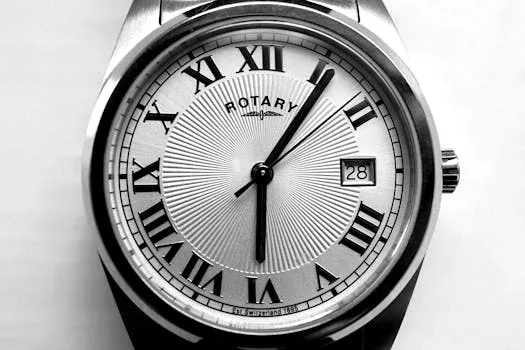“
Wearable Tech in 2025: Bridging the Gap Between Health and Technology
Wearable Tech in 2025: Bridging the Gap Between Health and Technology. The world of wearable technology has come a long way since its inception. From simple fitness trackers to advanced smartwatches, wearable devices have become an essential part of our daily lives. In 2025, wearable tech is expected to play a pivotal role in bridging the gap between health and technology, revolutionizing the way we approach healthcare and fitness.
Advancements in Wearable Technology
In recent years, wearable technology has witnessed significant advancements, with the introduction of innovative features such as artificial intelligence, augmented reality, and the Internet of Things (IoT). These advancements have enabled wearable devices to go beyond basic fitness tracking, offering a wide range of health and wellness monitoring features. For instance, smartwatches can now track blood oxygen levels, heart rate, and even detect irregular heartbeats. For more on this, check out our post on Wearable Tech Innovations by 2025.
Impact on Healthcare
The impact of wearable technology on healthcare is undeniable. Wearable devices have made it possible for individuals to take proactive measures to monitor their health, enabling early detection and prevention of diseases. Moreover, wearable devices have also facilitated remote patient monitoring, allowing healthcare professionals to track patients’ vital signs and respond promptly in case of emergencies. This has been particularly beneficial for patients with chronic conditions, such as diabetes and heart disease. For insights on this topic, read our article on Beyond Fitness: The Expanding Role of Wearable Tech.
Future of Wearable Technology
As we look to the future, it is clear that wearable technology will continue to play an integral role in shaping the healthcare and fitness landscape. With the integration of emerging technologies such as 5G, blockchain, and nanotechnology, wearable devices are expected to become even more sophisticated, offering personalized health and wellness recommendations. Furthermore, the rise of telemedicine and virtual healthcare services will rely heavily on wearable technology, enabling patients to receive medical consultations and treatment from the comfort of their own homes. To learn more about upcoming trends, explore our post on Next-Gen Wearables.
Conclusion
In conclusion, wearable technology has come a long way since its inception, and its impact on healthcare and fitness is undeniable. As we move forward in 2025, it is essential to recognize the potential of wearable technology in bridging the gap between health and technology. By embracing innovative wearable devices and services, we can take proactive measures to improve our health and wellbeing, ultimately leading to a healthier and happier life.



